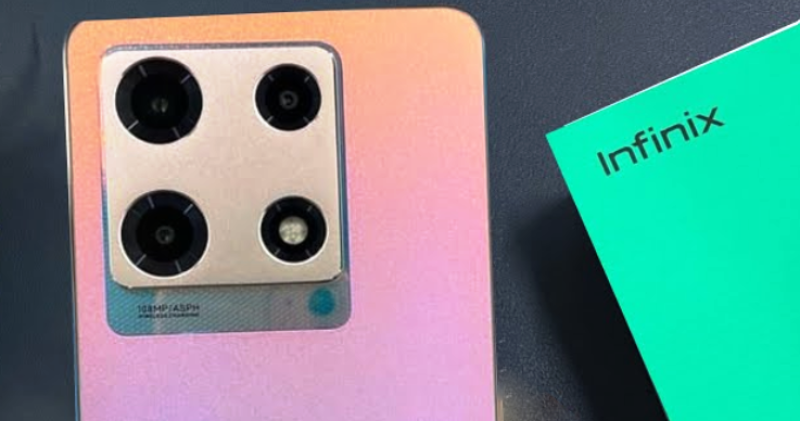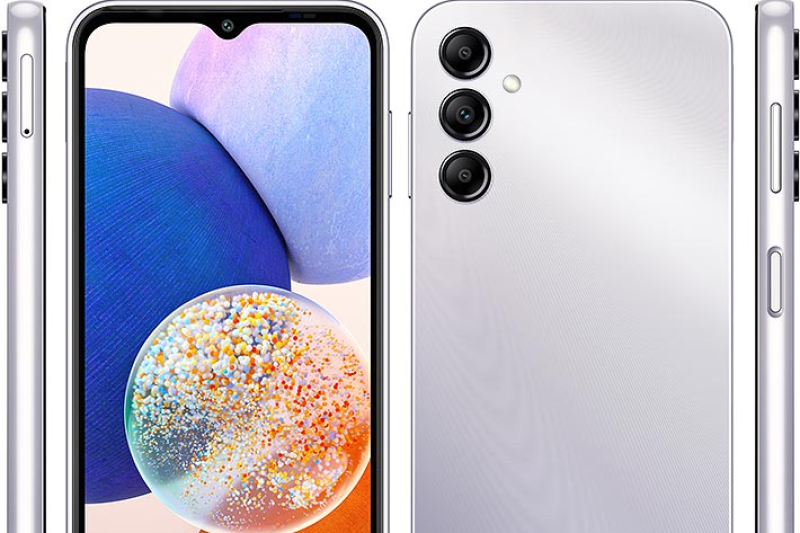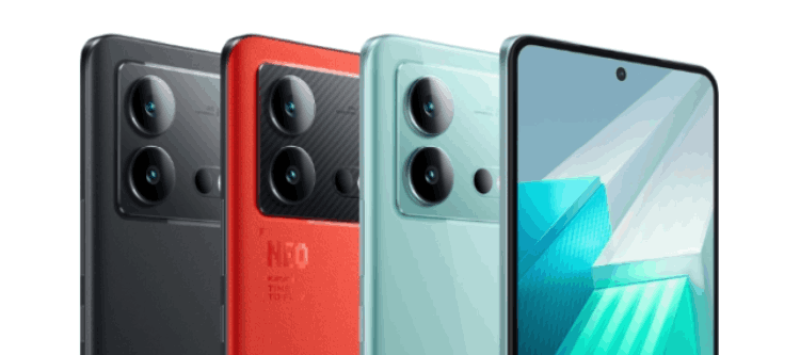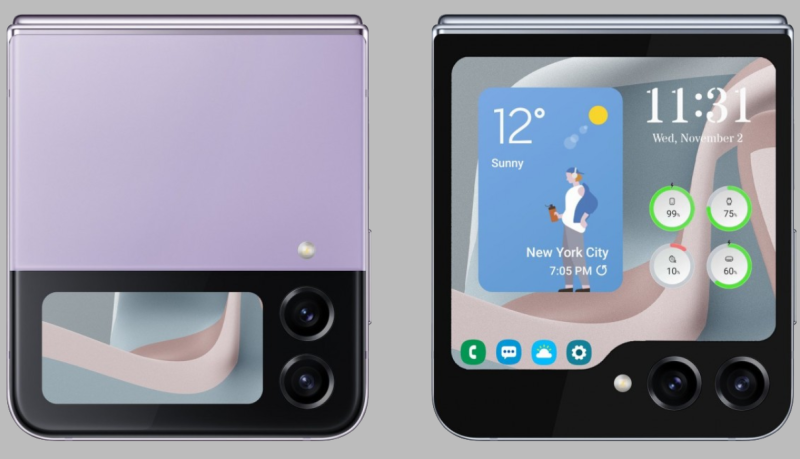Unveiling the Future: Sneak Peek into the Revolutionary Smartphone Tech of 2025

The smartphone market is one of the most exciting and fast-moving spaces in technology. Each year brings new innovations and advancements that transform how we interact with our devices. While current flagship smartphones like the iPhone 14 Pro and Samsung Galaxy S22 Ultra represent the cutting edge today, it's always fascinating to look ahead at what the future may hold.

The smartphone market is one of the most exciting realms of technological innovation
The year 2025 is still a few years away, but based on current technology trends and research, we can predict some of the new features and capabilities that smartphones could have by then. Advancements in areas like displays, materials, cameras, processors and biometrics will allow 2025 smartphones to be more immersive, intelligent and personalized than ever before.
Concept smartphones today provide a glimpse of what real devices in 2025 may offer consumers. Foldable displays and new materials like ceramics and glass-polymer hybrids point to more durable yet sleeker designs. AI-enhanced cameras, expanded 5G connectivity, advanced biometrics and enhanced AR/VR capabilities all have the potential to be standard features by 2025.
It's an exciting time in the smartphone industry, as each new generation of devices shows incredible leaps over the last. While we can't know for certain all the innovations 2025 smartphones will bring, this overview will highlight key areas of expected progress. The smartphones of 2025 likely will make today's models seem primitive by comparison.
Foldable Displays
Foldable displays are one of the most exciting innovations coming to smartphones in 2025. After seeing the first generation of foldable phones in 2019, the technology has advanced rapidly. By 2025, foldable displays will be mainstream and found on most flagship devices.
The biggest improvement with foldable displays is their durability. Early models were plagued by issues like creasing and scratches. But new foldable glass and plastic polymers make these displays much more rugged and able to withstand hundreds of thousands of folds without damage. This makes foldable phones finally viable for everyday use.
Another key trend is multi-fold designs. Rather than just a single fold down the middle, phones in 2025 will fold both inwards and outwards, enabling more versatile form factors. For example, a smartphone could fold into a compact square for storage, then unfold into a tablet-sized display. Camera arrays and batteries can also be distributed across different screen sections for optimal weight displacement.
In summary, foldable displays on smartphones in 2025 will be ubiquitous thanks to major leaps in durability and more creative multi-fold designs that enhance functionality. Expect to see smartphones that can transform into tablets, wristbands, and more unique shapes that fit our dynamic lifestyles.
New Materials
Smartphone manufacturers are constantly looking for new materials to make devices lighter, stronger, and more durable. Here are some of the new materials we may see in smartphones by 2025:
Graphene
Graphene is an incredibly strong and thin material made of a single layer of carbon atoms arranged in a hexagonal lattice. It's one of the strongest materials ever tested and has very high electrical and thermal conductivity. Graphene is transparent and flexible as well. Smartphone makers are looking at using graphene to make batteries charge faster and last longer. It could also replace the glass display, making phones practically shatterproof.
Ceramics
Ceramics, like ceramic polymer composites, are much tougher and more scratch-resistant than the aluminum and glass used in smartphones today. Ceramic materials can make smartphones lighter while also improving durability. Phone makers are considering ceramics for phone bodies as well as printed antennas and circuits inside the device.
Metal Alloys
New metal alloys are emerging that offer increased strength in a lighter weight. These include aluminum scandium alloys, as well as advanced high-strength steels. These could help make phones thinner and lighter without sacrificing durability.
Plastic OLED Displays
Plastic OLED displays are thinner, lighter, and more shatter-resistant than the glass displays currently used in most smartphones. Many phone makers are working on integrating plastic OLEDs as a way to make displays more durable and flexible while enabling slimmer smartphone designs.
So in summary, expect to see the emergence of advanced materials like graphene, ceramics, metal alloys, and plastic OLEDs that will enable smartphones of the future to be lighter, stronger, more flexible, and more durable than ever. These new materials will be key enablers for the innovative smartphone designs expected by 2025.
Battery Tech
Battery technology has made significant advancements in recent years to power the increasingly advanced capabilities of smartphones. Several promising battery technologies are on the horizon that could dramatically transform smartphones in the coming years.
Solid-state batteries are one exciting area of development. These replace the traditional lithium-ion liquid electrolyte with a solid electrolyte, which can increase energy density for more battery capacity in a smaller space. Solid-state batteries also promise faster charging capabilities. Several major companies, like Samsung and Toyota, are actively developing solid-state batteries for future devices and electric vehicles.
Graphene batteries using the ultra-thin carbon material graphene offer even higher capacity in a smaller footprint than lithium-ion batteries. Graphene forms an ideal material for battery electrodes and allows electrons to move quickly throughout the battery. Graphene batteries could potentially fully charge in minutes rather than hours. However, graphene is still expensive to produce at scale. If costs come down, graphene batteries could become a game changer.
Nuclear diamond batteries are an extremely long-lasting battery technology that uses radioactive isotopes encased in lab-grown diamonds. As the isotope decays, electrons are generated that can produce electricity. These batteries are predicted to have a lifetime of decades to centuries due to the long half-life of radioactive isotopes like carbon-14. Nuclear diamond batteries are still in early research stages but could one day eliminate the need for frequent battery replacement in devices.
Advancements in these and other battery technologies could enable smartphones of the future to pack more power, charge faster, and last dramatically longer between charges. This will open up possibilities for smartphones with brighter displays, more advanced sensors, stronger connectivity and processors, and extended reality capabilities.
Cameras
Camera technology in smartphones has advanced rapidly in recent years. By 2025, we can expect even more dramatic improvements.
One trend is extending zoom capabilities through periscope style lenses. These use a system of prisms and mirrors to allow optical zoom within a slim phone body. Companies like Samsung and Huawei have already implemented periscope zooms up to 10x optical magnification in recent flagships. In 2025, we may see even longer zoom lenses reaching up to 20x or 30x without image degradation.
Under display cameras are also coming. Rather than a notch or punch hole, the entire front-facing camera can be embedded under the screen. This provides a true full-screen experience without compromises. Companies like Oppo and Xiaomi have showcased under display cameras, but they currently suffer from lower image quality compared to standard designs. As the technology improves, under display cameras will become mainstream in the coming years.
The megapixel wars are likely to continue as well. 108MP cameras from Samsung are already available today, producing incredible levels of detail through pixel-binning technologies. Expect even higher resolution image sensors in the 200MP+

























